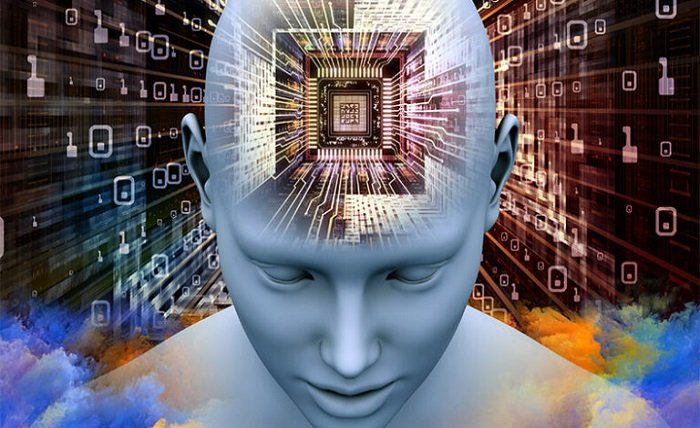In the last few years, scientists have begun to connect the human brain directly to machines. What once sounded like a movie plot is slowly becoming real. Brain-computer interfaces, often called BCIs, allow signals from the brain to control digital systems. The basic idea is simple: the brain sends electrical impulses, and a computer learns to read them. This technology could change how people live, work, and even think. In the same way that games like online teen patti game bring users together in a shared virtual space, BCIs point to a future where minds might connect with digital environments more directly.
How BCIs Actually Work
At its core, a brain-computer interface captures brain activity and converts it into commands. The brain constantly produces small electrical signals. By using sensors on the scalp or tiny implants inside the brain, computers can record those signals and process them.
Once recorded, the system must interpret what the signals mean. That’s the difficult part. Algorithms compare patterns of activity to certain actions or thoughts. Over time, the computer learns that one pattern might mean “move left” or “click.”
There are two main approaches. Non-invasive BCIs read signals through external sensors. They are safer but less precise. Invasive BCIs place electrodes directly in the brain, allowing greater accuracy but involving surgery and risk. Researchers continue to debate how far humans should go with this level of physical integration.
The First Real Uses
The earliest BCIs were created for medical reasons. People who had lost movement after spinal injuries could use thought to control robotic limbs or cursors on a screen. It was slow, but for someone who could no longer speak or move, it was revolutionary.
Later experiments showed that BCIs could also help restore senses, such as partial vision or hearing. Some systems allow people to write by thinking of letters. Others monitor mental states to detect early signs of neurological disease.
The technology is spreading beyond medicine. Engineers are testing BCIs in education, sports, and virtual reality. In classrooms, for example, they could one day measure attention levels and help teachers adjust lessons. The promise is exciting, but it also raises difficult questions.
A Shift in Human-Computer Interaction
For most of history, people interacted with tools through movement—hands, eyes, and voice. BCIs could remove that barrier. The connection becomes mental rather than physical. A computer may soon know what a person intends before any visible action.
That could make work faster and more intuitive. Someone designing software or machinery might move objects on screen just by focusing. Artists could compose or draw through patterns of thought. But these possibilities also change how we define effort and creativity. If a machine can act on thought, where does the “work” of creation begin or end?
There is also a psychological question. When the mind connects directly to a digital system, the boundary between inner thought and external action becomes thinner. That might change how people feel about privacy, identity, and even free will.
The Ethical and Social Questions
Technology that reads brain signals invites deep moral debate. Who owns the data generated by your mind? If a company collects brainwave patterns to “improve user experience,” is that still personal information, or something more intimate?
There’s also the question of security. Digital systems can be hacked. If a person’s thoughts can trigger actions online or in machines, what happens when those signals are intercepted or manipulated? These concerns are not science fiction—they’re early warnings.
Another issue is inequality. Access to advanced BCIs will likely depend on cost. If only certain groups can afford enhanced control or communication, it could widen social gaps. In the long run, this could reshape how society defines ability and intelligence.
What It Could Mean for Everyday Life
It’s still early, but the direction is clear. BCIs will likely move from laboratories to personal devices in the coming decades. They could help people manage attention, control smart homes, or operate vehicles hands-free. The change will probably happen gradually, as small tools that people learn to trust.
But the cultural impact may be larger than the technological one. Once thoughts can cross into the digital world, humans will have to decide which mental activities should remain private. It will demand new norms, maybe even new laws, about where the mind ends and technology begins.
Looking Ahead
The rise of brain-computer interfaces is not just about faster communication. It touches something deeper—the relationship between humans and their tools. The more technology enters the body, the more it becomes part of identity itself.
What this means for you will depend on how society handles the next few decades. Used carefully, BCIs could restore lost abilities and open new forms of expression. Used carelessly, they could turn the most private part of life—the human mind—into a source of data for others to control.
Either way, the path forward will demand restraint, patience, and a clearer sense of what it means to be human in a world where thoughts can touch machines.
